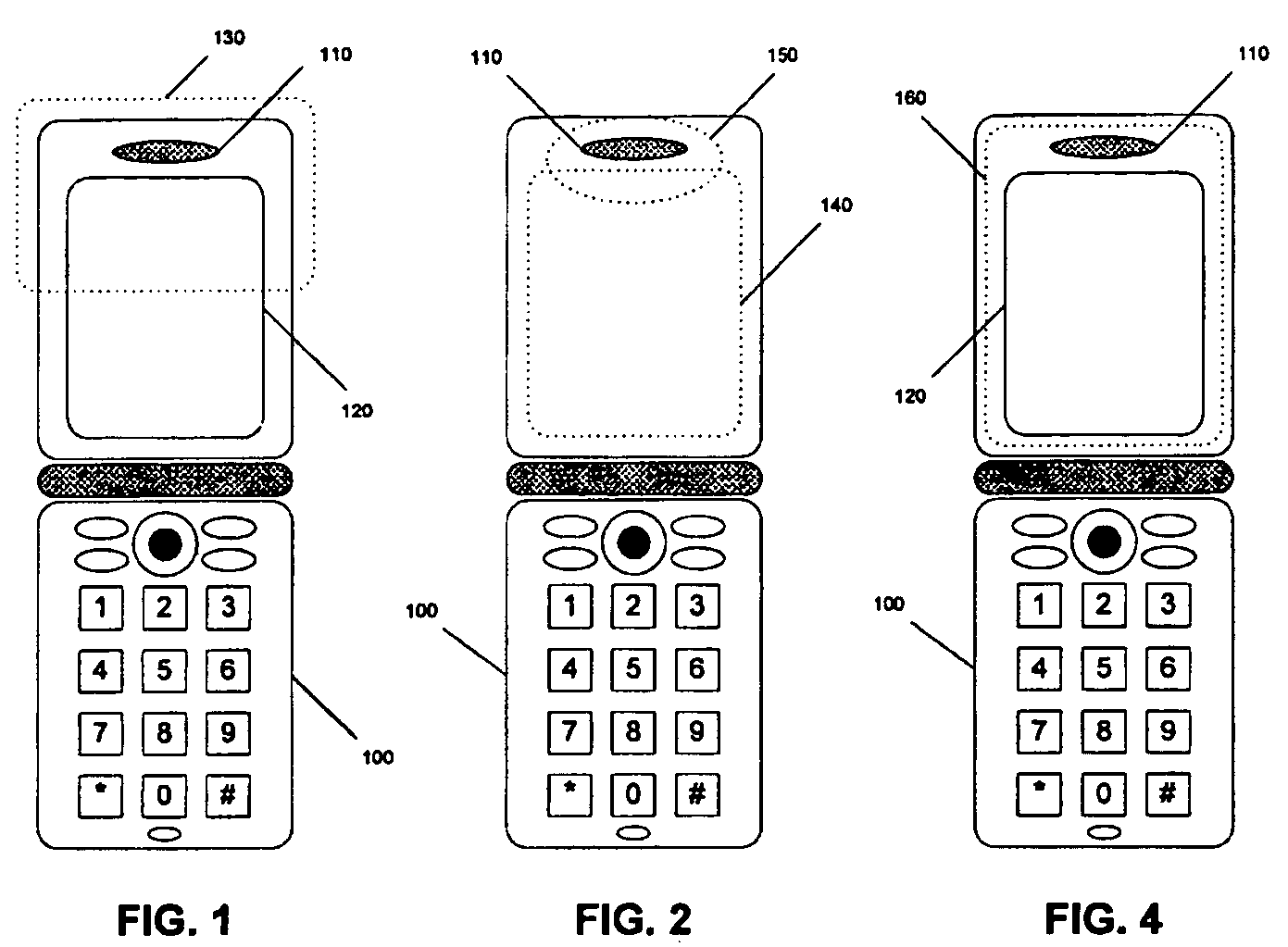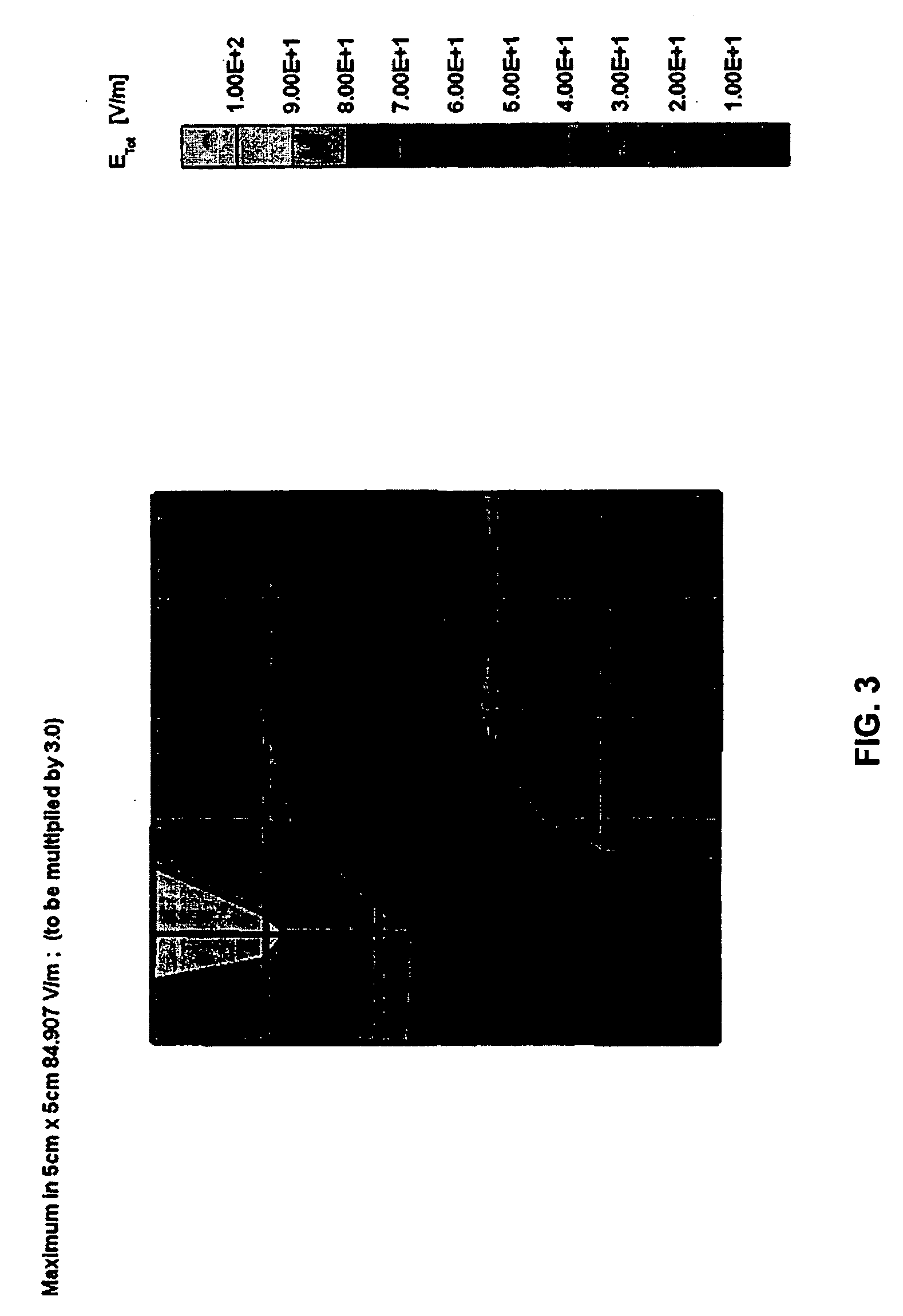Reduction of near field E-M scattering using high impedance coating materials
a coating material and high impedance technology, applied in the direction of transmission, substation equipment, chemistry apparatus and processes, etc., can solve the problems of unfavorable electromagnetic field scattering and more likely to interfere with hearing aid devices, so as to reduce the rf surface wave, and minimize the effect of electromagnetic scattering on the pcb
- Summary
- Abstract
- Description
- Claims
- Application Information
AI Technical Summary
Benefits of technology
Problems solved by technology
Method used
Image
Examples
Embodiment Construction
[0004] The present invention employs a high-impedance layer to reduce the effects of E-M scattering at metallic discontinuities. The high-impedance layer can be fabricated using a combination of metallic and resistive materials that are typically used in electro-static discharging (ESD) applications.
[0005] For example, a thin layer of metal (typically aluminum) can be deposited on the surface of a dielectric substrate such as polyethylene. The metallic layer can be applied to the inner surface of the dielectric substrate, the outer surface of the dielectric substrate, or buried within two dielectric substrates. The metallic layer allows RF induced currents to spread out over a designated surface area. Similarly, a layer of resistive material can be applied to the dielectric substrate. The resistive layer provides sufficient attenuation to decrease the RF surface waves and minimize electromagnetic scattering. Furthermore, since these materials can be applied in very thin layers, suf...
PUM
| Property | Measurement | Unit |
|---|---|---|
| impedance | aaaaa | aaaaa |
| electro-magnetic | aaaaa | aaaaa |
| metallic | aaaaa | aaaaa |
Abstract
Description
Claims
Application Information
 Login to View More
Login to View More - R&D
- Intellectual Property
- Life Sciences
- Materials
- Tech Scout
- Unparalleled Data Quality
- Higher Quality Content
- 60% Fewer Hallucinations
Browse by: Latest US Patents, China's latest patents, Technical Efficacy Thesaurus, Application Domain, Technology Topic, Popular Technical Reports.
© 2025 PatSnap. All rights reserved.Legal|Privacy policy|Modern Slavery Act Transparency Statement|Sitemap|About US| Contact US: help@patsnap.com



